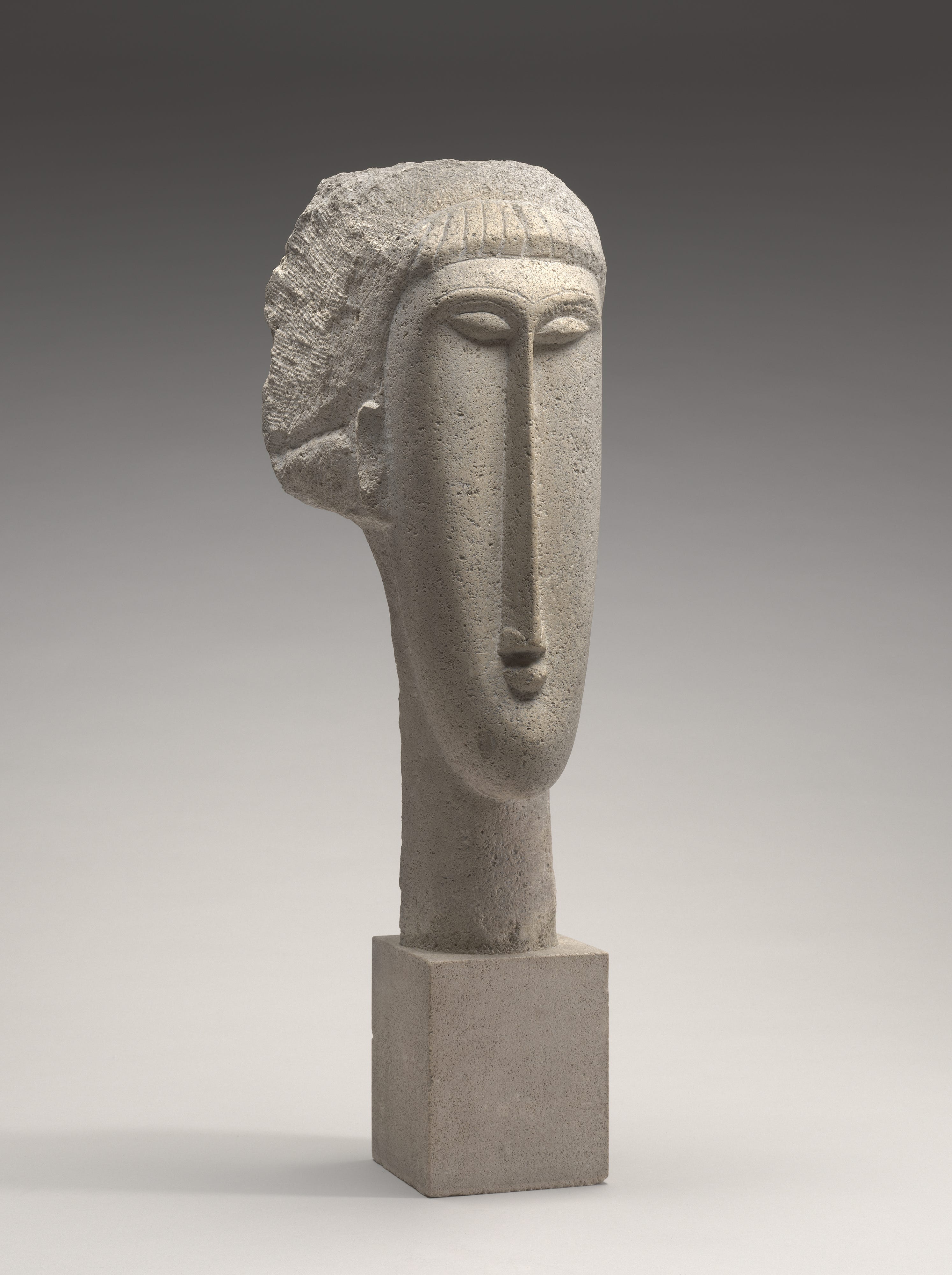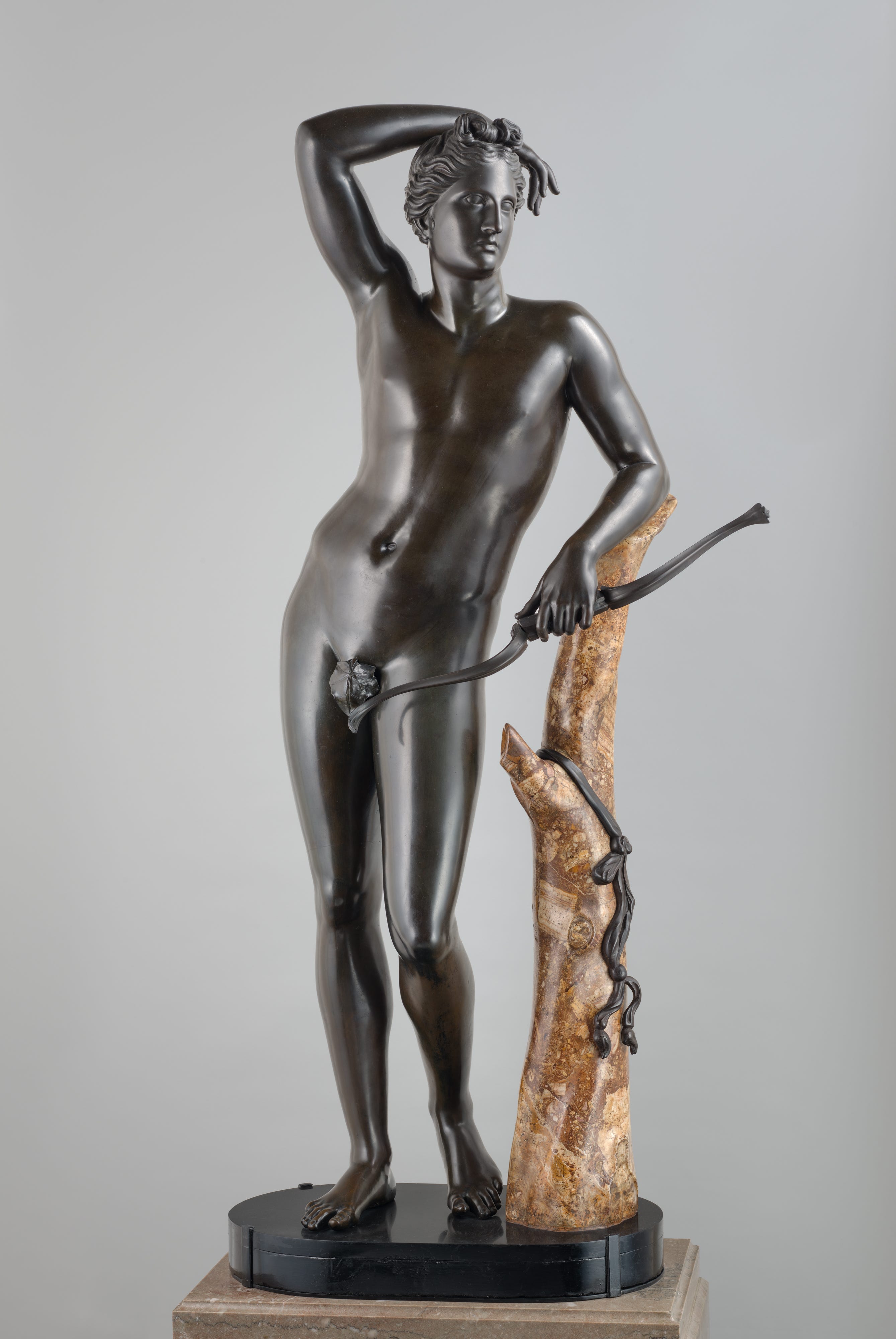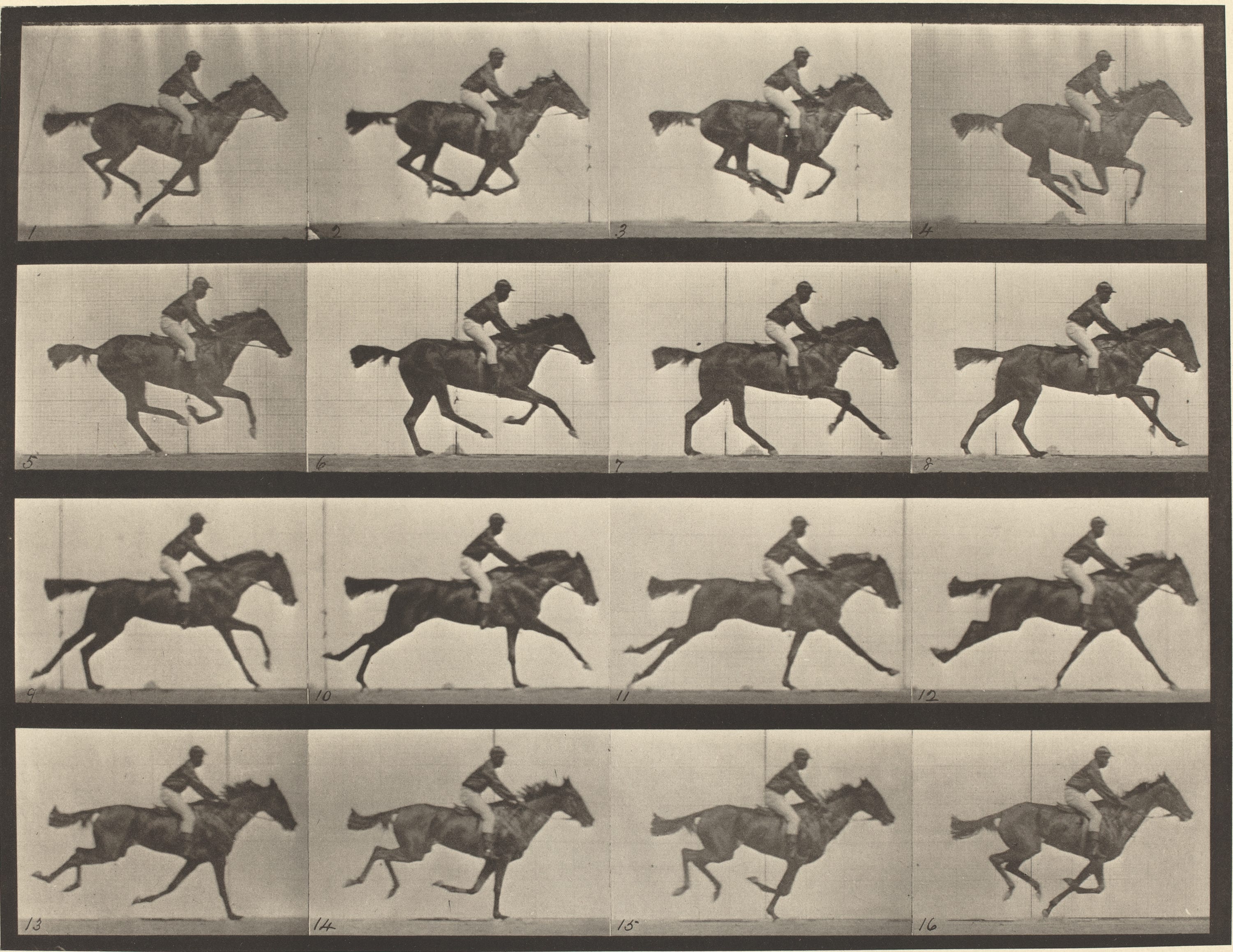
Shameless Self Promotion!
Christina M. Rau published a review of T’shuvah on Whale Road Review.
Four Things To Read
Dad Brain Is Real, And It’s A Good Thing, by Darby Saxbe: “When men told us that they felt more bonded to their unborn children and hoped to take more time off from work after birth, they went on to lose more gray matter volume across the cortex — the part of the brain that does higher-order thinking. Similarly, men who spent more time tending to their infants in the three months after birth showed larger gray matter reductions. Men who lost more gray matter volume also said they enjoyed their infants more and reported lower parenting stress.” That loss of gray matter also occurs in women when they become mothers and in the teenage brain as it develops. Saxbe speculates that “these changes may fine-tune the brain to work more efficiently.” The research Saxbe refers to is fascinating—I have bookmarked but not yet read through it—because it suggests that the sexes may be more similarly “hardwired” for parenthood than previously thought. NPR’s Throughline did an episode about this recently with Chelsea Conaboy, author of Mother Brain: How Neuroscience is Rewriting the Story of Parenthood, a book I am definitely interested in reading.
A closer look at the Gaza casualty data, by Marc Lynch and Sarah Parkinson: “Publishing combatant-civilian casualty numbers without fully explaining the caveats behind the data can have life-and-death consequences. Sharing casualty estimates that posit all men in Gaza as Hamas combatants, for instance, feeds into a normative narrative that actively denies their human rights and endangers them. Indeed, in 2014, anthropologist Maya Mikdashi critiqued dehumanizing and disenfranchising narratives where ‘boys and men are presumed guilty of what they might do if allowed to live their lives.’ Political scientist Charli Carpenter has clarified that in some settings, civilian men are at extreme risk of harm but lack the protection of presumed innocence afforded to women and children.” One point of contention since the start of Israel’s campaign in Gaza has been the number of Palestinian civilians casualties. This interview illuminates the politics behind the counting of casualties, how those numbers can be weaponized, and why the whole process of counting casualties is as complicated as it is under even the best of circumstances.
The 7 Grueling Months to Reclaim the Bookstore Dream a Fire Stole, by Jordyn Holman: “The bookstore was Ms. Yu’s first attempt at entrepreneurship, and she felt she had failed. She opened her store with about $45,000 in December 2021 as the neighborhood was rebounding from the pandemic shutdowns and reeling from a spate of anti-Asian attacks. It quickly became a literary hub that hosted first-time authors and held weekend bar nights, when bibliophiles sipped hard seltzers and wine. The store was profitable within four months.” The story Holman tells demonstrates the value of neighborhood bookstores and how a community came together to save Yu & Me Books after it was gutted by a fire.
Yiddish Anarchists’ Break Over Palestine, Introduced and translated from the Yiddish by Eyshe Beirich: From Beirich’s introduction - “August 1929 was a time of widespread protest and violent riots which had broken out all over Palestine in response to the growing British colonial repression, Zionist anti-Palestinian agitation, and ideological splits within the Palestinian national movement. The events of August 1929—which left 116 Palestinians and 133 Jews dead by the end of the month—are referred to differently in different sources, depending on their perspective: ‘riots,’ ‘happenings,’ or, in much of the Palestinian press, ‘uprisings.’ Often, they are referred to metonymically as ‘the Hebron massacre’ or ‘the Hebron pogrom,’ particularly in Zionist historical memory. These events substantially changed the political allegiances of Jewish communities outside of Palestine. Up to this point, left-wing and Communist Yiddish newspapers in America had diverse positions on Zionism, ranging from passive support to agnosticism to explicit anti-Zionism. After 1929, many Yiddish papers slid rightward, openly embracing aspects of Zionism they once rejected in response to what they saw as antisemitic, Eastern European-style ‘pogroms’ at the hands of ‘the barbarous Arabs.’” The two pieces Beirich translates, “A Disgraceful Blot on Humanity,” which illustrates that rightward slide, and “The Other Side Of The Coin,” which was written in response by “An Anonymous Group of Polish Anarchists,” provide a useful reminder that Jews have never been monolithic in the stances we have taken when it comes to Israel and Zionism. They are both worth reading in the current moment.
Thanks for reading It All Connects...! Subscribe for free to receive new posts and support my work.
Four Things To See
Amedeo Modigliani, Head of a Woman, 1910/1911

Attributed to Charles Bierstadt, Frozen Falls, circa 1880

Attributed to Francesco Righetti, Apollino of the Villa Medici, c. 1775/1820

Eadweard Muybridge, Animal Locomotion, Plate 626, 1887

Four Things To Listen To
Tori Amos - Me and A Gun
Todd Reynolds - And The Sky Was Still There
Tony Bennett - The Shadow Of Your Smile
Bach - Prelude from the Cello Suite No. 5
Four Things About Me
The campus where I got my BA was rife with Evangelical Christian proselytizers, including—though I don’t know if they would have accepted the Evangelical Christian label—what were then called Jews for Jesus. (Now I think they call themselves Messianic Jews.) A few lived in my dorm. One, whose name I think was Adrian, took every opportunity he could to make sure I knew that if I did not accept Jesus into my life I was going to hell. He was always polite about it, always emphasizing the joy I would find if only I could open my heart to the true savior, but the message was clear: if I didn’t change my beliefs and my ways, I’d suffer the torments of hell for all eternity. One Halloween, the guy who lived in the room next to mine—Mark, I think—went to our costume party in drag. Afterwards, a bunch of us were hanging out in the hallway, and a couple of the women from the floor above us started wondering what I would look like with a full head of hair. (I was already bald by then.) Jokingly, Mark put the wig he’d worn on my head, which made everybody laugh, since I also had a full beard. Then someone said something about turning me into a bearded lady and, before I knew it, I was wearing the costume in which Mark had gone to the party, complete with the three or four inch heels he’d had on his feet. (Sadly, this was long before cellphones, so there are no pictures.) At some point after I was fully dressed, Adrian walked onto the hall, and the look of absolute horror and disgust he had on his face when he saw me was too much to resist. I struck as seductive a pose as I could, beckoning to him with my hand. He ran past us and—the women were quite impressed that I could do this in heels—I chased him down the hall until he got to his room and locked the door. I don’t remember if he left me completely alone after that, but I know he could barely look me in the eye and that he stopped trying to convert me at least for a while.
South Korea, where I lived during the 1988–89 academic year, is the only place I have ever been where Christian missionaries who approached me on the street to ask if they could tell me about Jesus left me alone once they found out I was Jewish.
I’ve been working on an essay called “I Am A Creative Writing Program Dropout,” which I am, from Syracuse University’s MA in Creative Writing back in 1985 (before they had an MFA). While working on the essay, I remembered a moment in my own growth as a writer. I did not start writing the poems that became The Silence Of Men until I had first destroyed every draft, digital or otherwise, of every poem I had written, from the time I left Syracuse to that point, which was some time in the late 1990s. I couldn’t have explained it this way at the time, but they had become an anchor that kept me tethered to, mired in, an apprenticeship I needed to leave behind. I remember how much lighter, how liberated I felt, after I tossed the bag filled with all those pages in the garbage can in the basement and then came upstairs and emptied the trash on my Windows desktop. I sometimes feel an archeological or anthropological curiosity to see them again, but I’m also very glad not to be able to.
I just finished writing that paragraph, when I remembered that a friend with whom I had shared some of those poems found them when he was clearing out his desk and sent them to me. After I read through them, one line stayed with me: Poets enter their poems like cities.
You are receiving this newsletter either because you have expressed interest in my work or because you have signed up for the First Tuesdays mailing list. If you do not wish to receive it, simply click the Unsubscribe button below.
Thanks for reading It All Connects...! Subscribe for free to receive new posts and support my work.
It All Connects is for anyone who grapples with complexity—of identity, art-making, culture, or conscience—to make a difference in their own life and, potentially, in the life of their community.






Member discussion